Overview on Managing Health and Safety Risks in Solar Power Plants
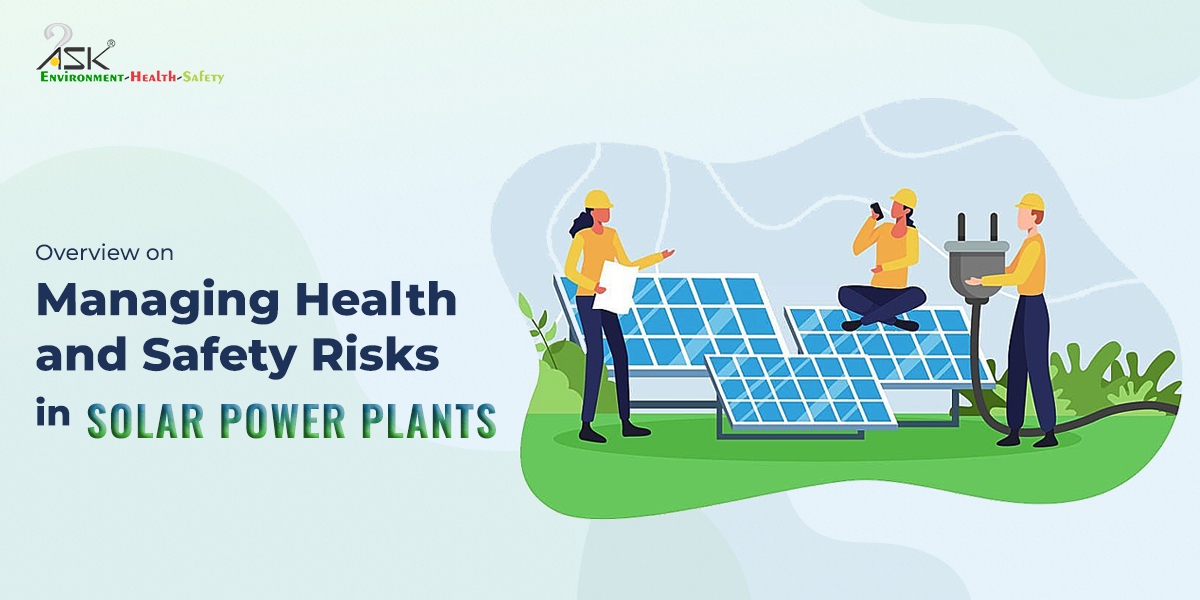
An infinite Solar Power
Sun, as a guardian and father-like figure of the solar family, is an infinite source of energy, at the current dissipation rate likely to last for the next 200 Crore years. Other forms of energy such as fossil fuels, oil & gas, the hydro, wind, wave/ tide, etc. also have emanated from solar power only. Hydrocarbon – based fuels produce environmental pollution and global warming effects. They are also being exhausted rapidly. The only infinite source left is Solar Power.

The average incident solar energy, at noontime at right angle plane surface is nearly 1.3 to 1.4kw per meter2, which for a total incident surface area of the earth facing Sun, is a huge amount of power, needed for entire humankind, even at the present huge rate of power consumption. The efficiency of solar PV (Photovoltaics) system can be greatly improved if right angle plane-orientation by tilting and angle-adjusting arrangements is adopted, but the same shall be practically quite difficult to implement.
It is quite natural for the communities residing near or around large solar forms having a large assemblage of PV plates with an application of toxic materials, to question the harmful effects of toxicity, if at all on public health.
In this brief article, we shall deal with the main safety and health risks and their impacts on workers and people nearly during the construction, operation, maintenance, and dismantling of solar farms.
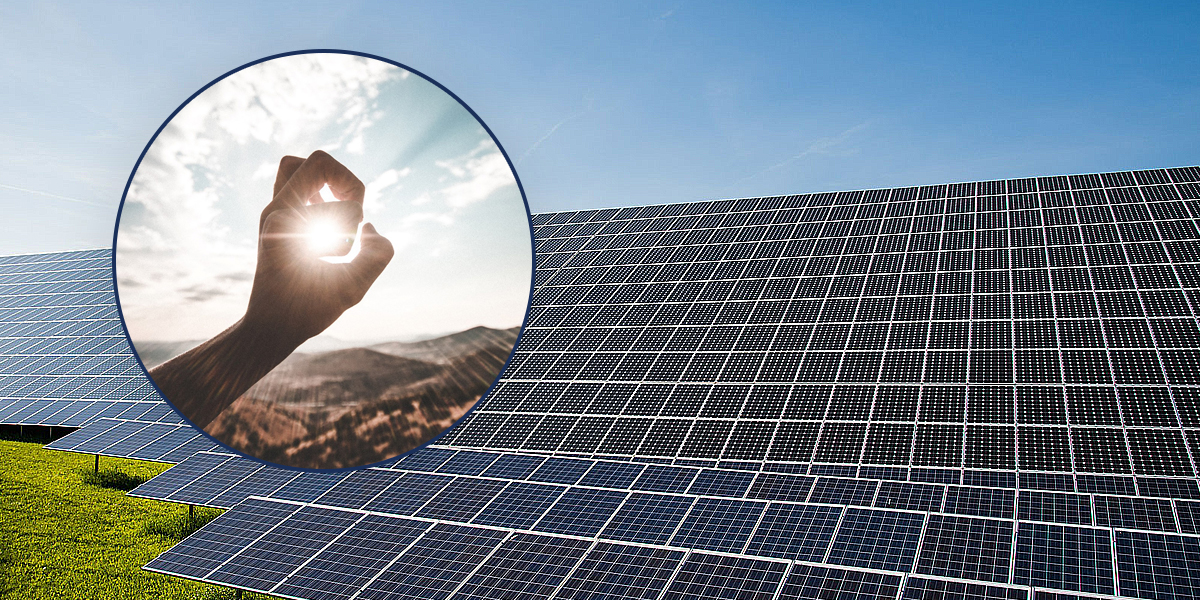
One category can be of:
- Hazardous material
- Electromagnetic fields
- Arc flash & electric shock
- Fire Hazards
The second category can be of Job site Safety like:
- Lifting Safety
- Ladder Safety
- Fall protection & Trip Safety
- Solar Plumbing Safety
- Power Tools Safety etc.
Presence of Toxic Materials
Solar farm insulator does not require toxic chemicals or processes. The constriction process comprises mechanical clearance of farm site, fence erection, land survey/ dressing of layout, digging of trenches for underground wiring/ cabling, driving of support posts into the ground, bolting of solar panels to steel and aluminum support structures, Inter-woven wiring, placement of inverters and transformers on pods, testing and finally commissioning of the Solar farm. PV panels consist of polymer, glass, aluminum, copper and semiconductor materials, silicon, thin films of cadmium which remain intact even when broken and do not create debris.
Various PV technologies use silicon-based panels, Cadmium telluride panels, and copper indium gallium selenide panels. None of these elements are very toxic and considering the small quantities of their uses, it can be confidently said that the health hazards to workmen and the general public in the area are insignificant.
Non-panel system components like racking, wiring, inverter, transformers (containing oil for cooling of coils) to boost the inverter output voltage to utility level-all do not pose any health concern to people. Lithium- ion batteries used now-a-days are also not very toxic.
During operations and maintenance, panel washing, and vegetation control measures are practiced which too do not pose any significant health hazards.
General Job site Safety during construction, operation, maintenance, and demolition phases
During all the stages of Solar Job site Safety, unique work situations appearing during placement, plumbing, electrical connections, final testing, regular maintenance, and operations of the unit/ installation, several common conditions and quite a few unique situations appear. Work in charge and Safety professionals need to develop safe work practices to tide over the job- hazards, train the working team for following the requisite safety measures, strictly supervise to follow the safe practices during work execution to finally accomplish the Job task with total Safety.
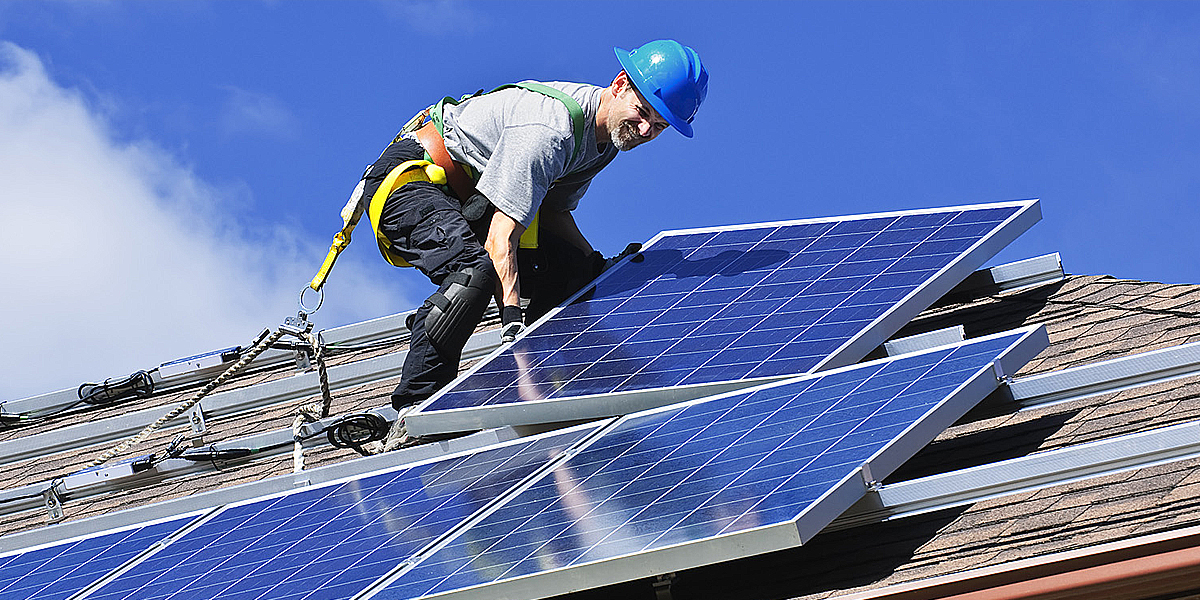
The work begins with preparing a sound Safety and Health Policy, developing an Emergency-response plan, Safety planning checklist, and Job site Safe practices for: –
- Working under hot sun conditions
- Manual, mechanized, and power- operated lifting operations including roof-top working
- Ladder Safety
- Slip, Trip and Fall Protection
- Safe use of Power Tools and Extension Cords
- Exhibition of proper Safety signages, hoardings, cautions, barricades
- Scaffolding services including erection, maintenance, inspection, and use stages and finally dismantling process
- Solar module plumbing Safety
- Solar electrical safety to protect against electrical shock, arc- flash, fire, electromagnetic field hazards
- Selections and use of necessary PPEs (Personal Protective Equipment’s)
- Working with electrics batteries
- First- Aid and Fire Services
- Working with D.C. (Direct Current) generator, inverter operation using transformers for boosting A.C. (Alternating Current) power to Grid level, synchronizing& feeding with Grid system
- Applications of LOTOTO (lock-out, tag-out, try-out)
The list looks long but they all are very common types of Safety practices available in any Solar Manual.
Conclusion
Solar Power Generations are gaining ground in the domestic and city domain for electrical power availability and Solar hot water collectors. Since Solar source is inexhaustible unlike fossil fuels, the entire World is paying attention to improve, refine, and optimize the Solar Power Generation system. Since there is no fuel cost involved, the whole world’s attention is focused on developing robust solar forms of large capacity with cost reduction techniques, inventions of cheaper PV plates/modules assembly, and reliability of efficient production of bulk Power.
The challenge is universally being accepted by the global community and breakthroughs are appearing with optimism. India is also paying enough attention in these prospective fields and the future looks bright for Safe, efficient, and economic Solar Power Generation.
Source: This article has been taken from the previous issue of B-Proactive EHS magazine (21st Issue) in its entirety.

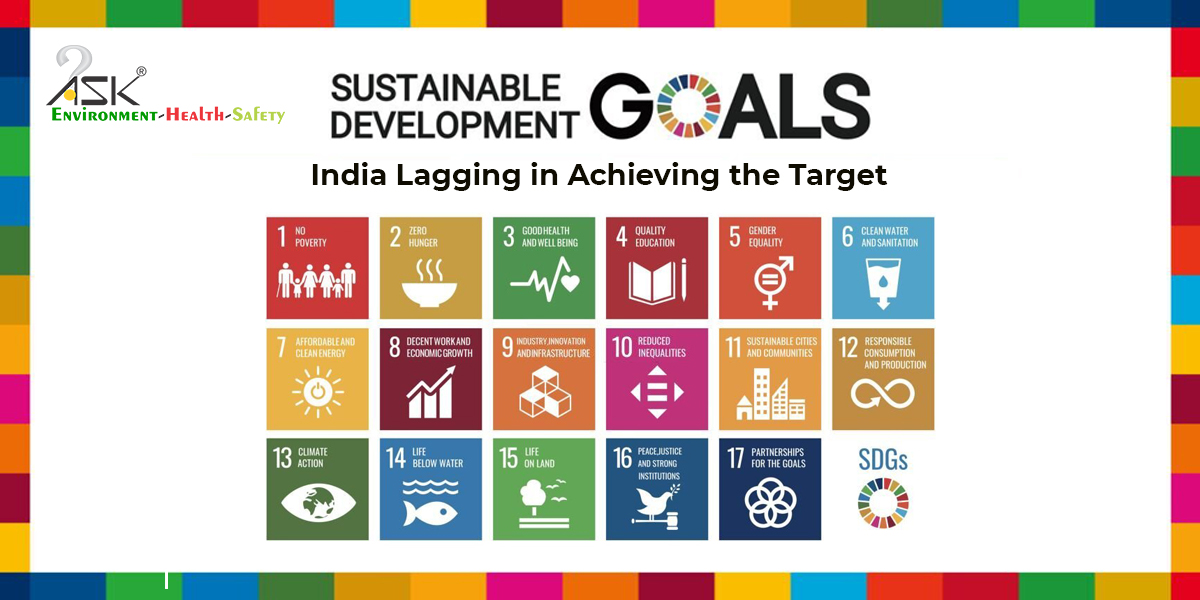
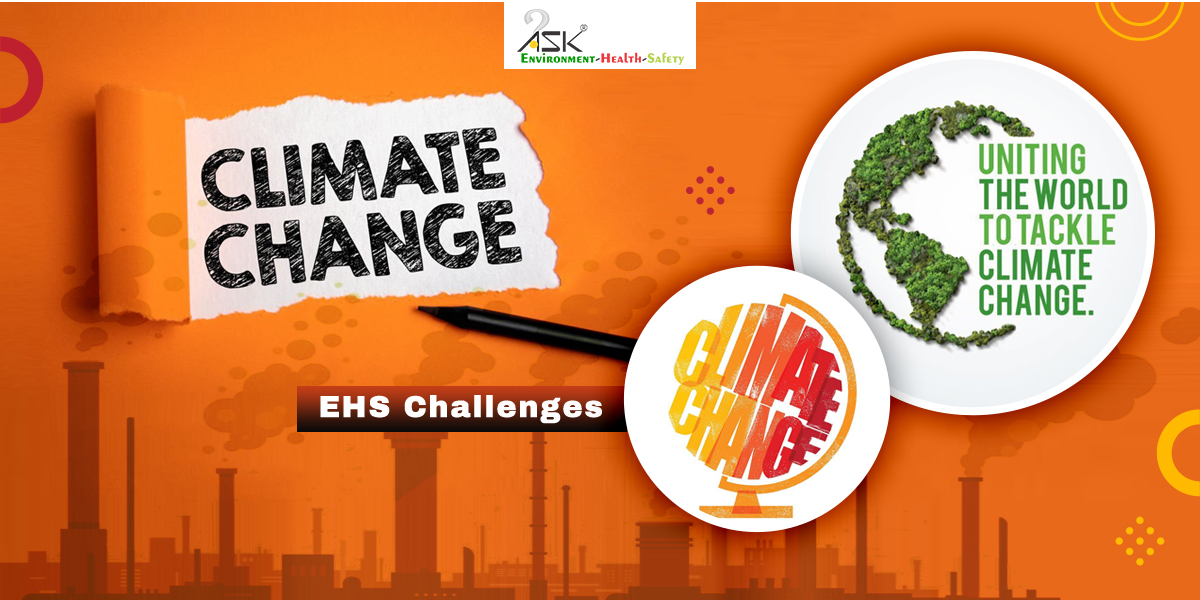
Thanks for sharing this informative article
Your ability to transform complex topics into engaging narratives is a skill that keeps readers coming back for more.